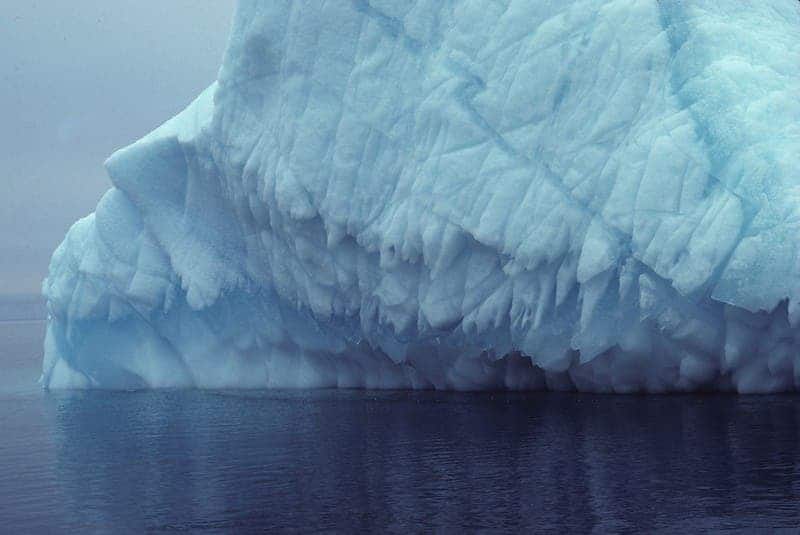
Earth’s axis is an invisible line that connects the planet’s geographic north and south poles. However, this axis isn’t fixed since it is a function of the planet’s center of mass, or barycenter, which can change if the planet’s mass is significantly redistributed. This is exactly what happened in the last three decades as a result of global warming, which has melted hundreds of billions of tonnes of ice from the poles, especially the north pole.
According to a new study published in the journal Geophysical Research Letters, since 1980, the position of the two poles has shifted by about 4 meters.
That may not sound like a lot. In truth, this shift in the geographic poles doesn’t affect our lives or the course of nature in any way. It doesn’t even have an effect on navigation, which relies on locating the magnetic poles.
However, in the grand scheme of things, it is yet another damning testament to humanity’s planetary-alternating power.
Previously, the Gravity Recovery and Climate Experiment (GRACE) satellite, jointly operated by NASA and the German Aerospace Center (DLR), provided reliable gravity data showing that glacial melting was responsible for movements of the geographic poles between 2005 and 2012.
In this new study, Shanshan Deng and colleagues from the Institute of Geographic Sciences and Natural Resources Research at the Chinese Academy of Sciences extended this link to before the satellite’s launch in 2002. They showed that the direction of polar drift shifted from southward to eastward, and this has been going on since 1981.
The average speed of polar drift has accelerated in recent years. The researchers found that the drift from 1995 to 2020 was 17 times faster than from 1981 to 1995. This period also coincides with massive melts in the Arctic and Antarctica.
“The faster ice melting under global warming was the most likely cause of the directional change of the polar drift in the 1990s,” said Deng.
But it’s not only melting polar ice that’s been driving this slight polar drift. Any sizable redistribution of mass can change the planet’s barycenter. For instance, the researchers found that humans have extracted more than 18 trillion tons of water from deep underground reservoirs over the past 50 years. All of this mass that used to be stored and concentrated in certain locations has now been spread out into the world’s oceans and seas. Certainly, the pumping of groundwater must have also made a contribution to the drifting of the poles, the researchers noted.
The analysis showed that the greatest changes in water stored under land were in areas like California, northern Texas, Beijing, and northern India. All of these regions have pumped copious amounts of groundwater for agricultural use.
“The findings offer a clue for studying past climate-driven polar motion,” said Suxia Liu, a hydrologist at the Institute of Geographic Sciences and Natural Resources Research at the Chinese Academy of Sciences and the corresponding author of the new study. “The goal of this project, funded by the Ministry of Science and Technology of China is to explore the relationship between the water and polar motion.”
Both groundwater depletion and the melting of polar glaciers are due to unsustainable human activity. This shows that humans aren’t an insignificant force on this planet. On the contrary, humans have a profound impact on the planet, so much so that scientists have proclaimed a new geological epoch — the Anthropocene, or ‘the age of man’.






